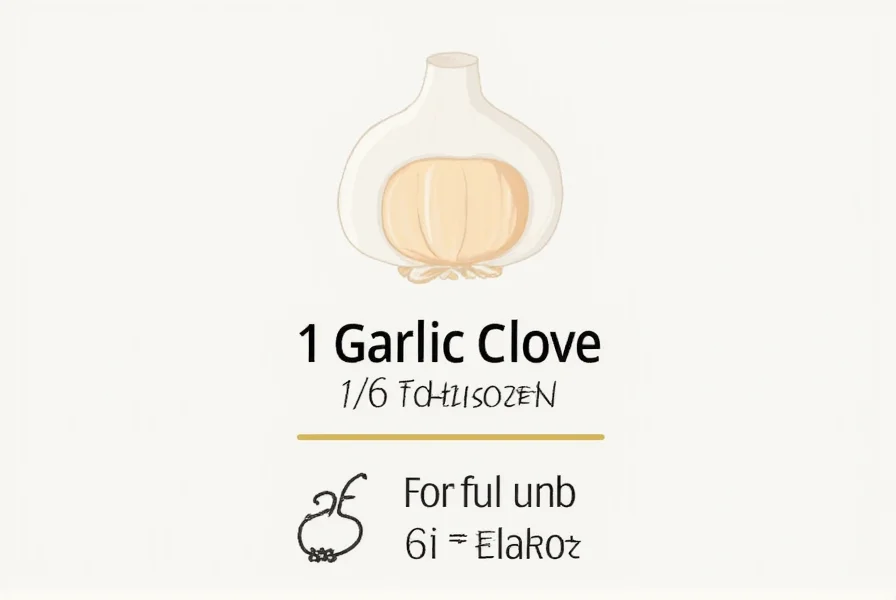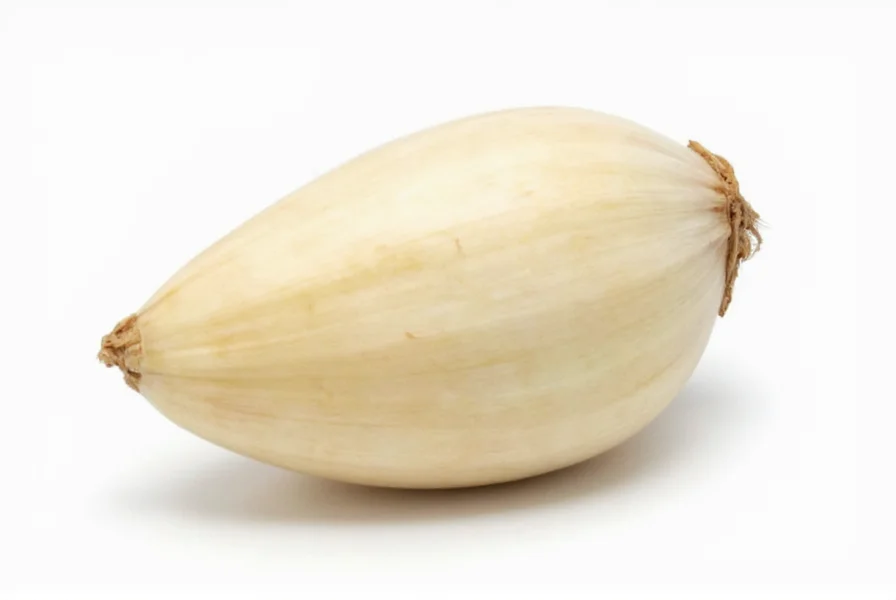Understanding garlic measurements is essential for consistent cooking results. While the exact volume can vary based on clove size and preparation method, professional chefs and culinary resources consistently recognize that one standard medium garlic clove equals roughly 1/2 teaspoon of minced garlic. Since there are 3 teaspoons in 1 tablespoon, this converts to approximately 1/6 tablespoon per clove.
Garlic size significantly impacts measurement accuracy. Grocery store garlic typically comes in three size categories that affect your tablespoon conversion:
| Garlic Size | Minced Volume | Tablespoon Equivalent | Clove Count per Head |
|---|---|---|---|
| Small | 1/4 teaspoon | 1/12 tablespoon (0.08) | 10-12 cloves |
| Medium (standard) | 1/2 teaspoon | 1/6 tablespoon (0.17) | 8-10 cloves |
| Large/Roasting | 1 teaspoon | 1/3 tablespoon (0.33) | 4-6 cloves |
When converting garlic measurements for recipes, consider these practical factors that affect your garlic clove to tablespoon conversion. The density of minced garlic varies based on your preparation technique—hand-minced garlic typically yields slightly less volume than food-processed garlic due to differences in particle size. Jarred minced garlic often contains preservatives that affect density, making 1 tablespoon of store-bought minced garlic equivalent to approximately 5-6 fresh medium cloves rather than the expected 6.
For recipe substitution purposes, understanding how many tablespoons is a clove of garlic becomes particularly valuable when scaling dishes. If your recipe calls for 2 tablespoons of minced garlic, you'll need approximately 12 medium cloves. When working with garlic powder—a common pantry substitute—remember that 1/8 teaspoon of powder equals one fresh clove, making garlic powder conversions fundamentally different from fresh garlic measurements.
Chef-recommended technique: When precision matters in delicate sauces or dressings, measure minced garlic by weight rather than volume. One medium garlic clove weighs approximately 3-4 grams, providing more consistent results than volume measurements which can vary with packing density. This professional approach to garlic measurement equivalents ensures recipe reliability whether you're preparing a simple vinaigrette or complex curry paste.

Understanding these cooking measurement conversions for garlic prevents common kitchen mistakes. Many home cooks accidentally double or triple garlic quantities by misunderstanding that "1 clove" in recipes refers to the individual segment, not the entire garlic head. When recipes specify "1 head of garlic," this typically means 10-12 cloves depending on variety, equating to approximately 2 tablespoons of minced garlic.
For international cooking, note that European recipes often use grams rather than volume measurements. One medium garlic clove equals 3-4 grams, making weight-based conversions more reliable across measurement systems. This knowledge proves invaluable when adapting recipes from culinary websites that use different measurement standards, addressing the common search for how much minced garlic equals one clove in various measurement contexts.

When substituting garlic products, remember these professional chef guidelines:
- Fresh garlic offers the most vibrant flavor but requires proper preparation
- Roasted garlic yields approximately 20% more volume than raw when measured
- Garlic paste from tubes typically contains 2-3% oil, affecting volume measurements
- Cooking time significantly impacts garlic's volume as it releases moisture
Mastering these garlic measurement equivalents transforms your cooking precision. Whether you're adapting family recipes, following international cookbooks, or substituting ingredients due to availability, knowing exactly how many tablespoons is a clove of garlic ensures consistent flavor without overpowering your dishes. This fundamental kitchen knowledge represents one of the most frequently searched cooking measurement conversions for good reason—it makes the difference between perfectly seasoned dishes and culinary disasters.
How many tablespoons is 4 cloves of garlic?
Four medium garlic cloves yield approximately 2/3 tablespoon (0.67 tablespoons) of minced garlic, which equals about 2 teaspoons. This conversion assumes standard medium cloves; adjust slightly for smaller or larger garlic varieties.
Is 1 clove of garlic the same as 1 teaspoon?
No, one medium garlic clove equals approximately 1/2 teaspoon of minced garlic, not 1 teaspoon. A large garlic clove might approach 1 teaspoon when minced, but standard recipe measurements assume medium cloves yielding 1/2 teaspoon each.
How much jarred minced garlic equals one fresh clove?
Approximately 1/2 teaspoon of jarred minced garlic equals one fresh medium garlic clove. However, check your specific product as preservation methods and added ingredients can affect density. Most commercial jarred garlic is slightly more concentrated than fresh.
Does roasting garlic change the tablespoon measurement?
Yes, roasting garlic reduces its moisture content, resulting in slightly less volume. One roasted medium garlic clove yields about 1/3 teaspoon of pulp, meaning you'll need approximately 10% more roasted cloves to equal the same tablespoon measurement as raw garlic.
How many garlic cloves equal 1 tablespoon of minced garlic?
Six medium garlic cloves equal approximately 1 tablespoon of minced garlic. This standard conversion helps when scaling recipes up or down, though actual count may vary slightly based on garlic size and preparation method.










 浙公网安备
33010002000092号
浙公网安备
33010002000092号 浙B2-20120091-4
浙B2-20120091-4